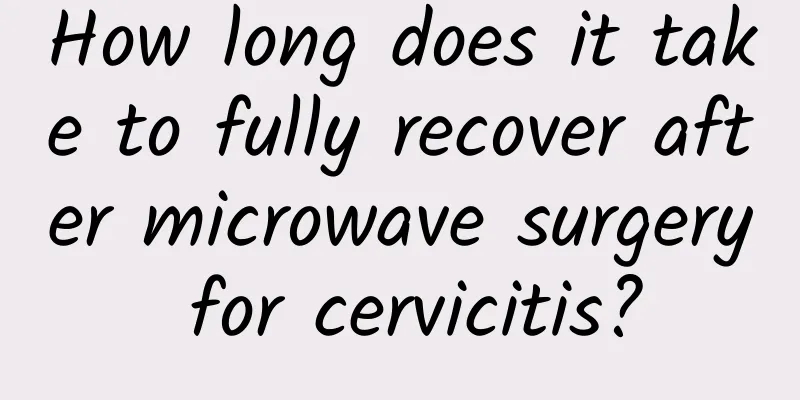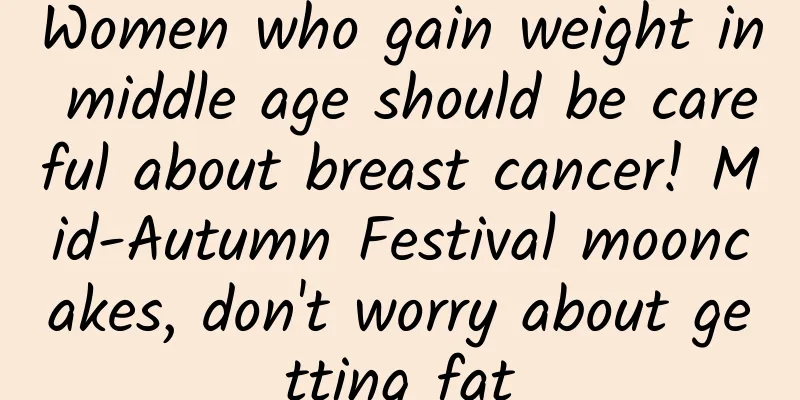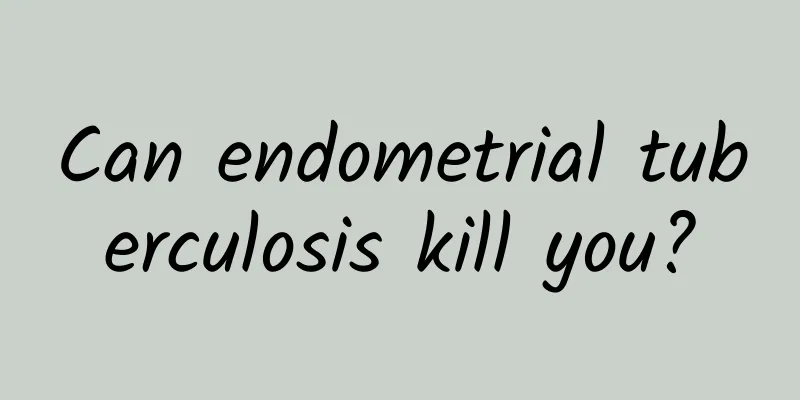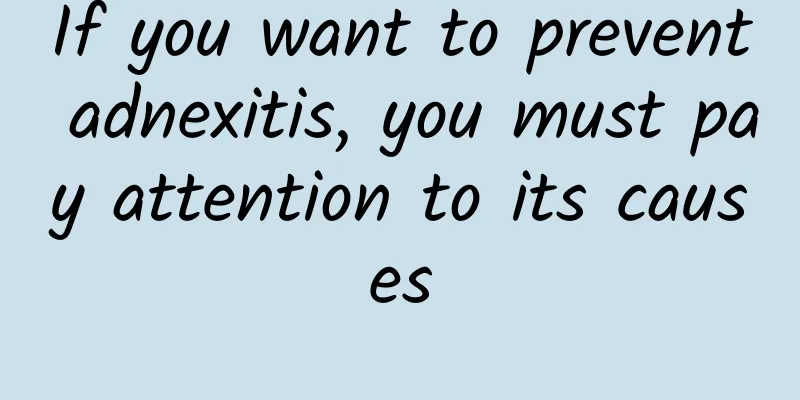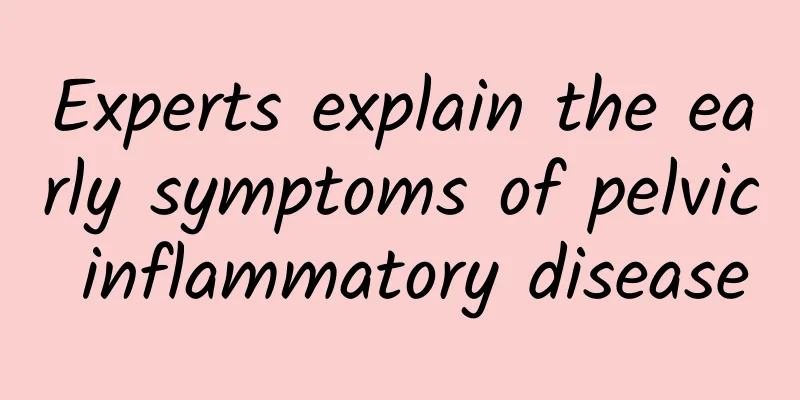Say goodbye to annoying turkey neck! Do the 3 Turtle Pose movements to restore your beautiful neck
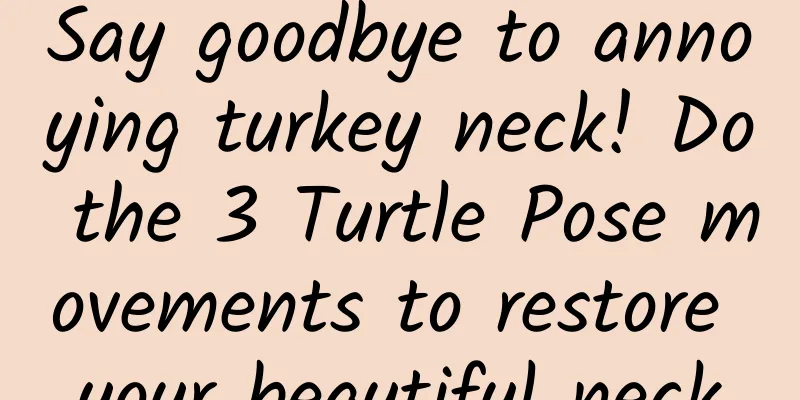
|
Avoid aging and don’t let your neck strain your neck! Aging is not necessarily the fault of time, it may be caused by your failure to take care of yourself! In particular, modern people are always inseparable from mobile phones and computers. The result of looking down for a long time will make the annoying "turkey neck" appear early, which not only affects the appearance, but also makes people look much older than their actual age! "Turkey Neck" arrives early? Frequent "bowing" is the key How did the "turkey neck" come about? In fact, under normal circumstances, fine lines will gradually appear on human skin due to lack of elasticity and sagging after entering middle age. However, with the advancement of 3C products, people's lifestyles have also changed, greatly increasing the chances of modern people "looking down". Maintaining a bowed head posture for a long time can easily put a burden on the cervical spine without realizing it. It is also possible that incorrect posture causes the neck muscles to be repeatedly squeezed and pushed, causing wrinkles on the neck and even leading to fat accumulation to form a double chin. No neck lines or double chins! Let's do 3 stretches The Le Mami Business Department compiled the article "The whole home is an everyday gym! Sit, lie down, teach you how to lose weight easily! In the book "The 3D Neck Exercises for Men and Women", it is mentioned that if you want to get rid of the "turkey neck" crisis and avoid a double chin, in addition to reducing the frequency of using 3C products and maintaining a correct sitting posture, you can also do the following 3 neck stretching exercises in your spare time to effectively help relax the muscles around the neck and reduce the formation of lines: [Move 1/Neck rotation]: Location: Neck and legs. Function: It helps to relax the spine and stretch the neck, thereby shaping a beautiful neck line and helping to correct improper hunchback habits. step:
Tips: 1. During exercise, keep your breathing smooth and even throughout the process. 2. People with severe cervical spondylosis are not suitable to lower their heads forward, otherwise their condition may worsen. [Move 2 / Turtle Stance]: Location: Neck and cervical spine. Function: Through neck and cervical joint training, you can not only avoid sports strain, but also enhance the body's flexibility and prevent arthritis and cervical spine diseases. action:
[Move 3 / Bucket Style]: Location: Head, spine and abdomen. Function: The bucket pose involves downward movement of the head, which will make blood flow to the head, make people clear-headed, and eliminate fatigue from sitting for a long time. action:
Tips: Bucket pose can help strengthen the spinal nerves and stimulate the abdominal organs. So, it can keep people energetic. However, it should be noted that it is not recommended for people with high or low blood pressure problems, vertigo, head injuries, or those who are menstruating. |
<<: Eat well and you will be less likely to gain weight? The answer is here...
>>: Eat vegetarian food for your health! Keep in mind these 6 key points, nutritionists say…
Recommend
What are the hazards of severe chronic cervicitis? Severe chronic cervicitis has 7 major hazards to women
Women are the hardest working group of people in ...
What are the symptoms of uterine adenomyoma? What should I do if I have uterine adenomyoma?
What are the symptoms and treatment of uterine ad...
Bright red blood on the third day of miscarriage
Bright red blood on the third day of miscarriage ...
Common symptoms of several typical uterine fibroids
Uterine fibroids are a common disease in life. Mo...
Eating boiled eggs for breakfast can increase satiety and help lose weight! How to cook boiled eggs? 3 Big NG Don't Touch
Eggs are known as a "complete nutritional fo...
Do you know what symptoms of uterine fibroids are?
What are the symptoms of uterine fibroids? What s...
Is severe cervical erosion easy to treat in women? Precautions for the treatment of severe cervical erosion
When people suffer from any disease, they should ...
What are the dangers of dysmenorrhea
Dysmenorrhea is a problem that all women will fac...
What medicine is good for Bartholinitis?
What medicine is good for Bartholinitis? Accordin...
Vulvar leukoplakia is mainly caused by trauma
Vulvar leukoplakia is mainly caused by trauma, an...
Eating too fast and being under too much pressure can cause bloating! Chinese medicine doctor Zhang Wenxin: You must press 3 acupoints to relieve bloating and slim your lower abdomen
Eating too fast, not chewing completely, or too m...
How to distinguish between normal abdominal pain and dysmenorrhea What are the differences between abdominal pain and dysmenorrhea
Abdominal pain is a common symptom, but the cause...
Detailed analysis of the causes of pelvic inflammatory disease
In recent years, with the continuous increase in ...
What are the common treatments for ectopic pregnancy?
Ectopic pregnancy is a very dangerous acute abdom...
Everyone is very concerned about what will happen if they have sex half a month after a medical abortion?
In fact, after medical abortion, sexual intercour...
